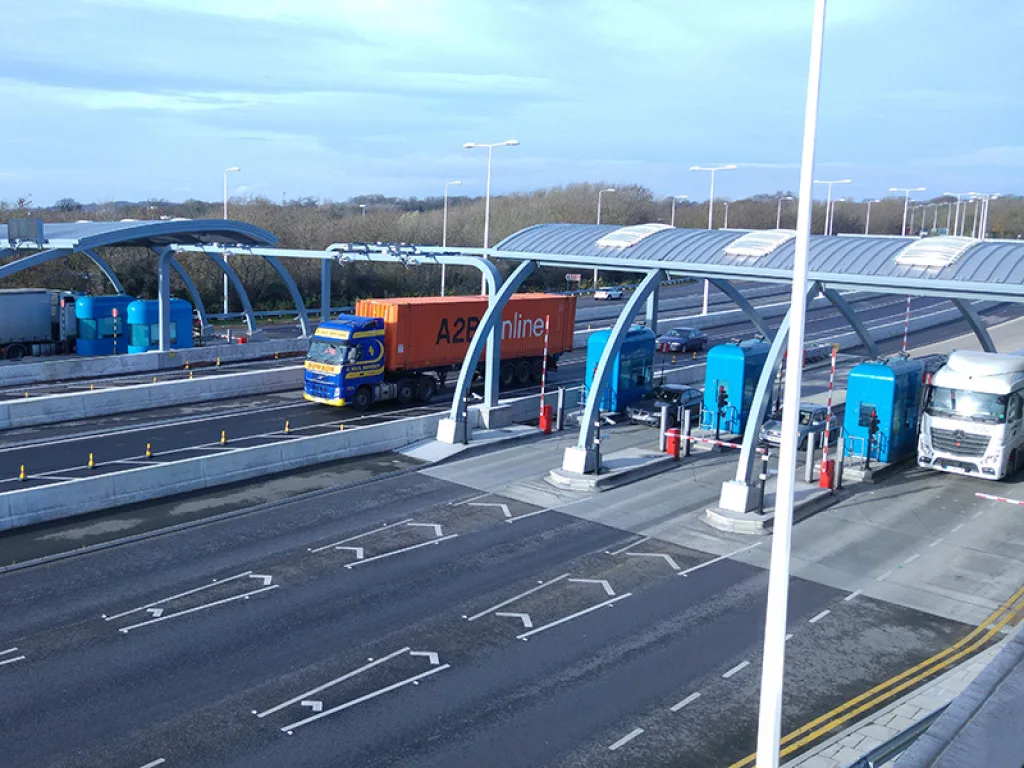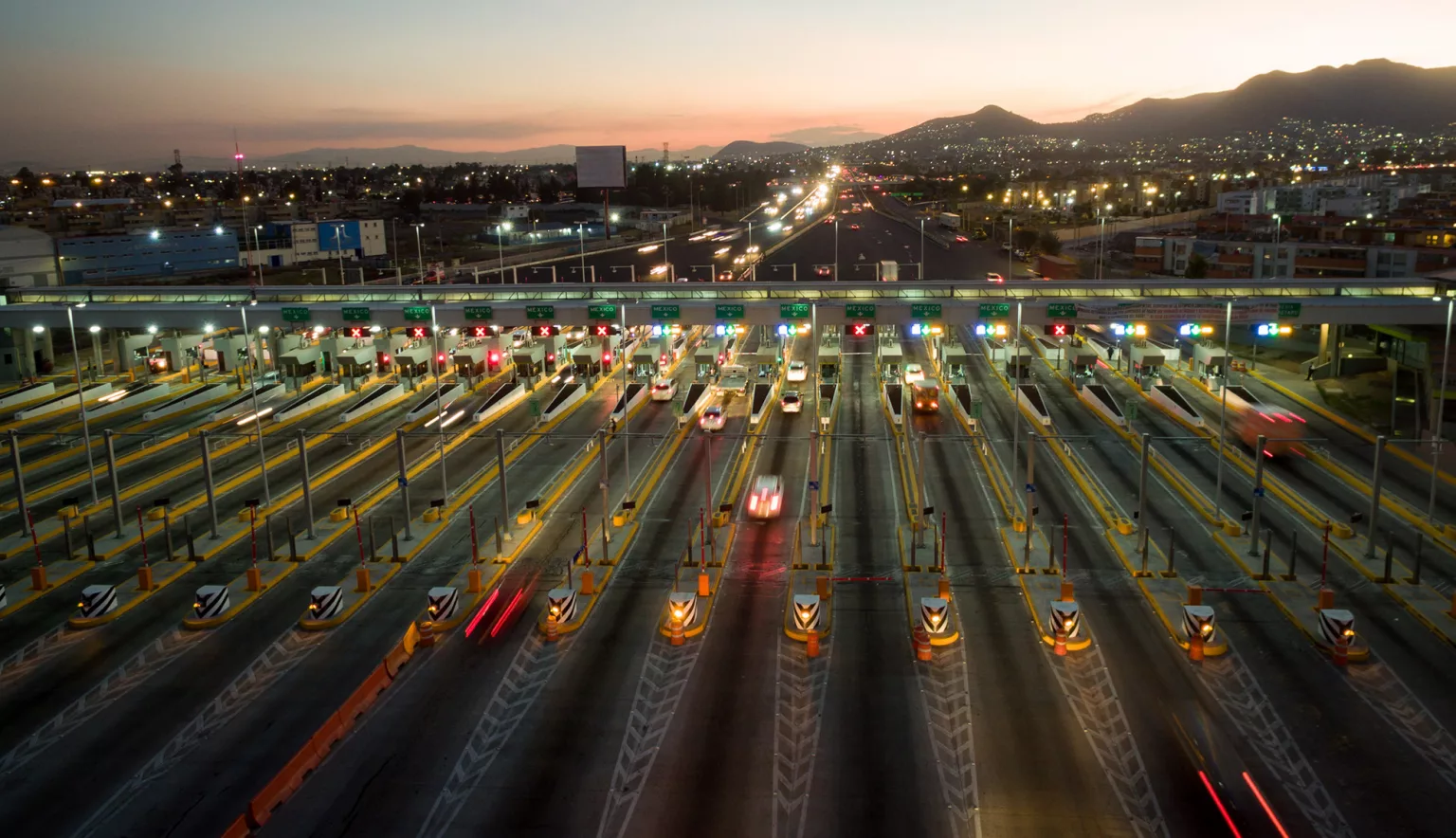TRAFFIC INTELLIGENCE
As Australia’s population has grown, so has congestion in its largest capital cities.
Tolling has helped to ease the country’s congestion conundrum by allowing road infrastructure to be provided earlier than traditional models of road provision.
A smart and cost-effective way to fund the highways, bridges and tunnels that keep the Australian economy moving, studies have found that toll roads make a net positive contribution to the nation’s economic wellbeing.
For commuters, meanwhile, toll roads are a safe and reliable option that reduces both travel time and vehicle operating costs.
“Tolling is an important part of our suite of services,” opens Manuel Gonzalez Arrojo, Managing Director of SICE Australia and New Zealand.
SICE, a multinational systems integration technology company, has operated in Australia since 2005, backed by more than 30 years of experience in the development of tolling systems.
Solutions offered by SICE include end-to-end conventional, multi-lane free-flow, and shadow toll systems, from roadside equipment to back office systems.
Toll systems are one of a range of SICE services in the intelligent transport systems sector, along with urban and interurban smart traffic, integrated tunnel management, public transport and environmental control of air quality or water management.

“The EastLink upgrade was a big step for us because Australia is at the forefront when it comes to multi-lane free-flow tolls”
Manuel Gonzalez Arrojo, Managing Director, SICE Australia and New Zealand
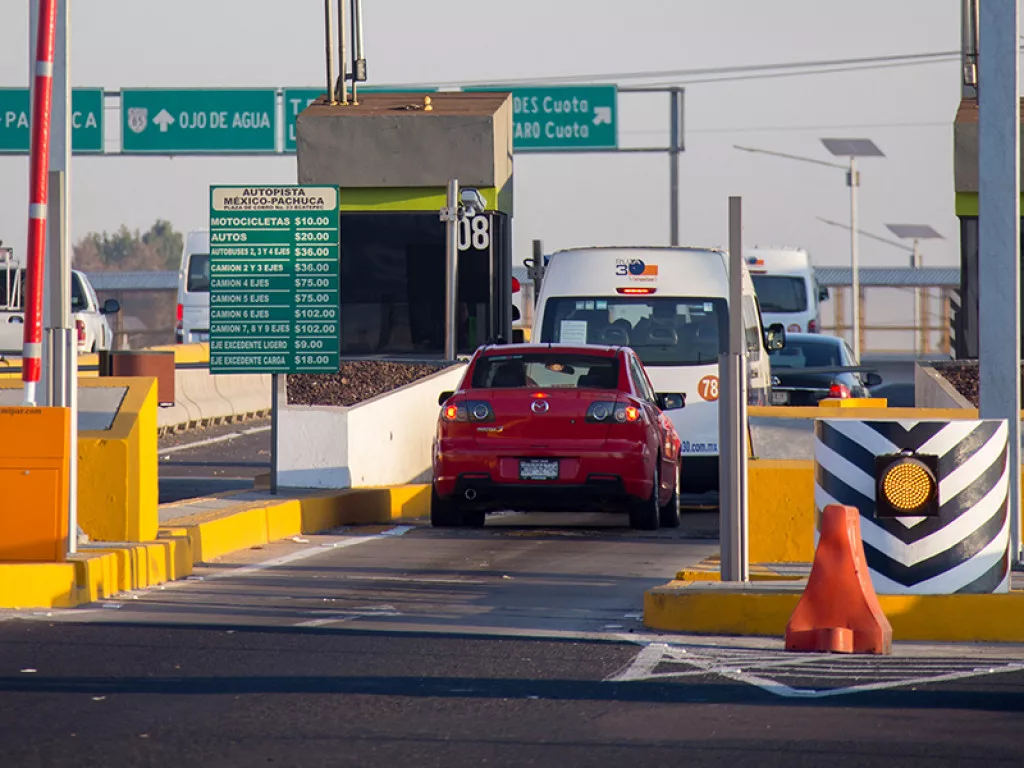
TOLLING BACK OFFICE EVOLUTION
SICE’s first reference in Australia was a tolling project. SICE was part of the consortium that originally delivered the complete EastLink tolling solution, from the roadside equipment to back office systems for toll collection.
EastLink, a 39-kilometre multi-lane free-flow electronic toll route in Melbourne operated by ConnectEast, is the only tollway in Australia that exceeds an average of one million toll point transactions per day.
SICE was appointed to deliver to EastLink its in-house Tolling Operational System (TOS), an operational back-office system that treats all the data collected by roadside equipment.
SICE’s TOS for EastLink was developed as a result of specific tolling needs identified by SICE in previous projects, such as Autopista Central in Santiago de Chile, where a significant amount of electronic tolling transactions needed to be converted into billable events.
“All the information collected on the road regarding how many vehicles go through the motorway, or through the different tolling points, is sent to the back office,” explains Gonzalez Arrojo. “The first step is to transform all that information into something billable. You can then price transactions depending on the time or the day, so the cost of a Monday morning commute could be different to a Saturday afternoon.
“Once the project finished, we sat down and analysed the market. The first thing we realised was that the back office system we used for EastLink was probably not going to be very cost-effective, so we started expanding our in-house back office solution,” he recalls.
As a result, SICE’s Billing and Invoicing System (BIS) was born. BIS is the commercial system component of SICE’s complete back office solution, that performs various customer account management functionalities.
BIS can be integrated with either SICE’s TOS solution or any existing host system and provides a comprehensive user interface that offers seamless access to all the information stored and processed by the system, such as customer invoices and account balances, allowing for great flexibility. Its intuitive and user-friendly web portal also provides users with the ability to interact with the system to create new accounts, consult all information assigned to their movements, pay for past trips, or request details of tolling activity.
“Due to our relationship with ConnectEast and after a lengthy due diligence process, in 2014, SICE signed a new contract replace the original commercial back-office system in EastLink with our BIS solution. Having a complete back-office solution in operation with EastLink (both operational and commercial components) was a big step for us since Australia is at the forefront when it comes to multi-lane free-flow tolls,” states Gonzalez Arrojo.
SICE’s next significant step in its internal back-office development was its Advanced Automatic Vehicle Identification (AAVI) system. This module became a key tool to dramatically reduce operators’ load to manually review license plates, one of the most time-consuming activities when operating a tolling system.
SICE’s AAVI solution is based on automatic validation processes and an optimised manual review tool while incorporating fingerprinting technologies as machine learning and deep learning tools.
The AAVI module was part of the contract SICE signed with Transport for NSW (TfNSW) in 2015 for Sydney’s iconic landmark Harbour Bridge. Together with SICE’s TOS, which was also included in the contract, both systems processed traffic transactions from Sydney’s Harbour Tunnel and Harbour Bridge.
Backed by its Australian experience, SICE entered into another contract with TfNSW in 2019, this time to provide SICE’s BIS solution.
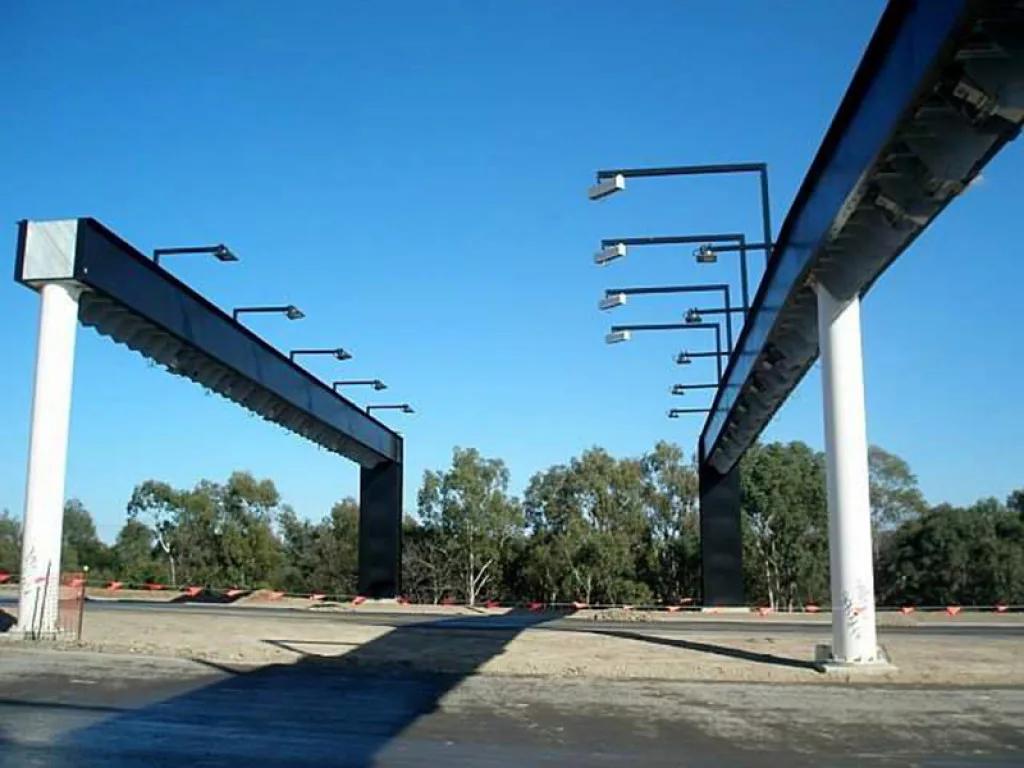
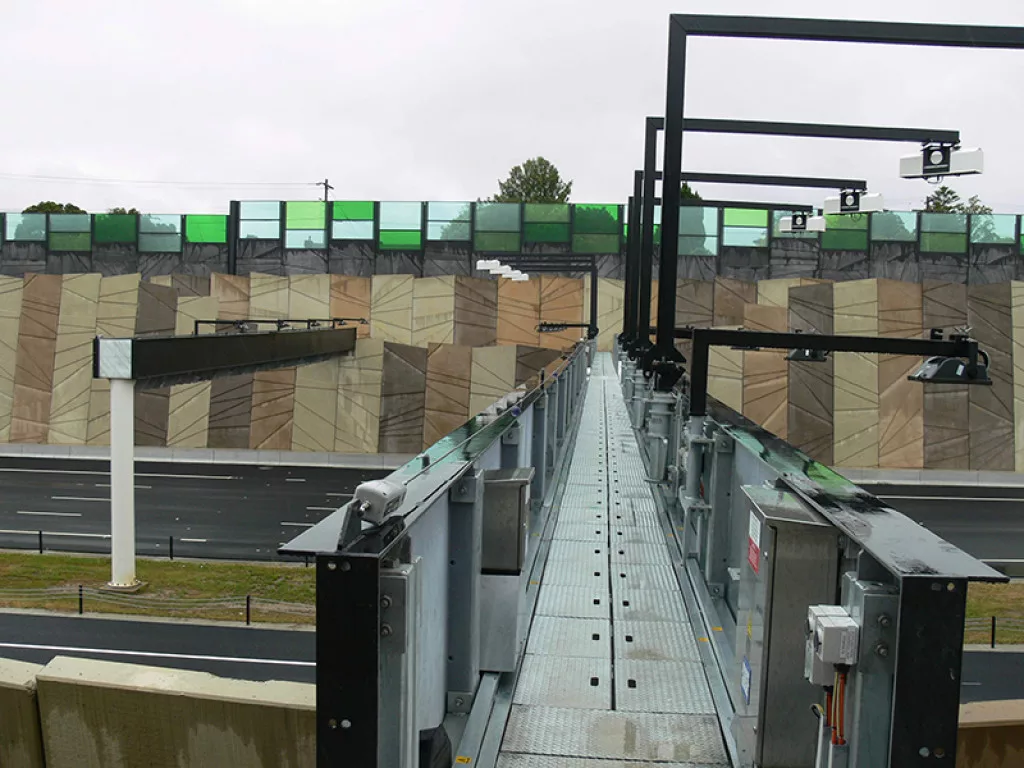
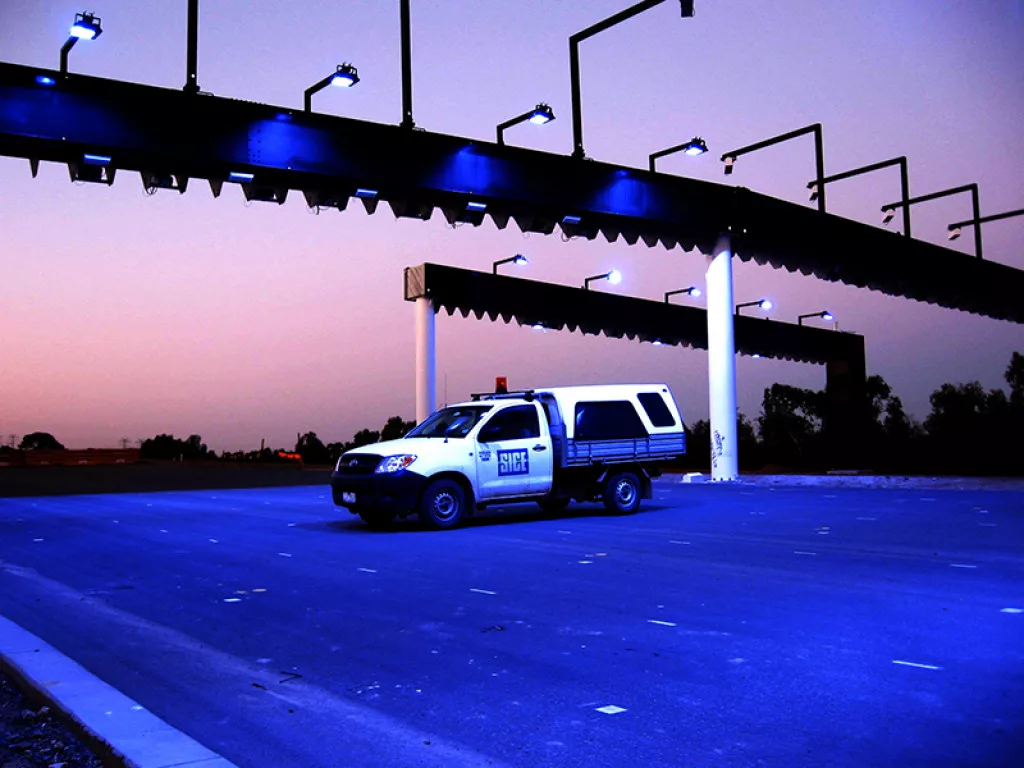
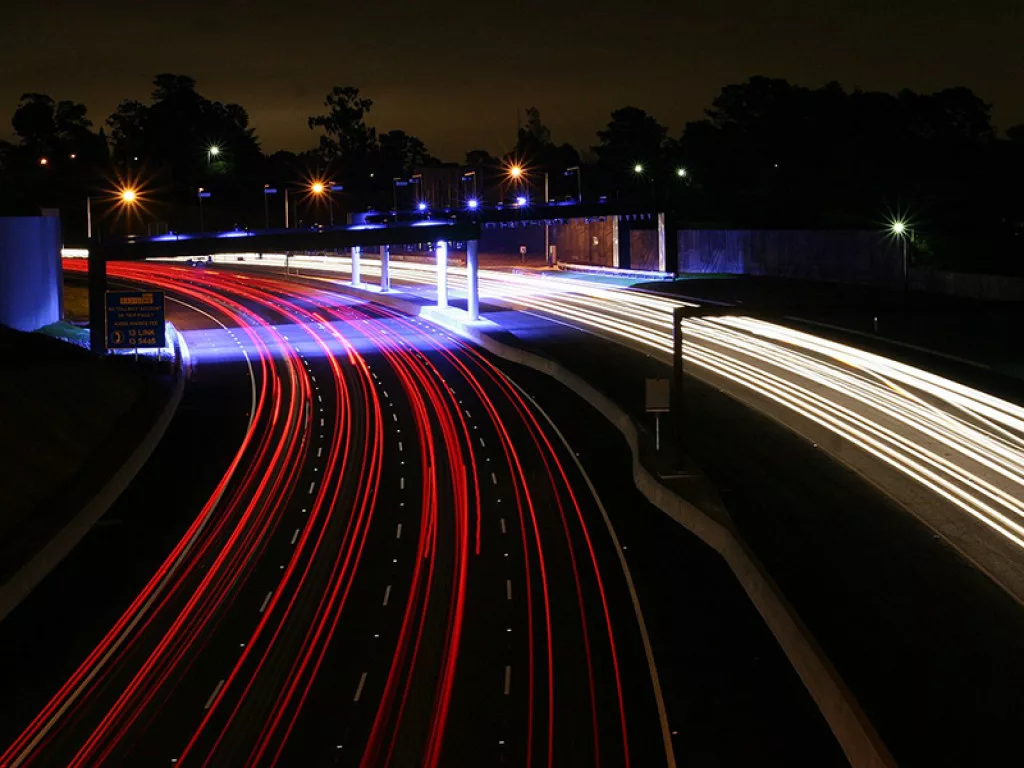
TOLLING WITH ROADSIDE EQUIPMENT
SICE has traditionally been a systems integrator, relying on third parties to provide the roadside equipment (RSE) required to collect traffic and license plate information.
“We missed out on a couple of big projects because RSE providers began integrating upstream with their own back office technology, so it was challenging to compete,” Gonzalez Arrojo accepts.
“We strategically analysed where we were going if we wanted to really compete on tolling projects. Many tenders are split between the roadside and the back office, and I think that’s the way to go, however, some projects come as one package.”
As such, more than 10 years ago, the company began to develop its own RSE solution implemented in the US and Europe to be complemented by SICE’s operational and commercial back office or other third-party back office toll solutions.
“SICE can now offer a whole tolling solution, from RSE to operational and commercial back offices, with everything developed in-house. Therefore, SICE’s technology is today able to manage all phases of a tolling project and operates comprehensively on numerous traffic and transport infrastructures that are used daily by thousands of drivers and operators,” Gonzalez Arrojo informs us.
SICE’s RSE solution is now in operation in the Humber Bridge in the UK, in SH-288 in Houston (Texas) and the Toll 49 Tyler Bypass in Texan Smith County, and two more projects are being delivered in Puerto Rico and Birmingham (UK); when completed, these will have an additional 50+ tolling gantries using SICE’s RSE solution.
Having also delivered TOS for TfNSW and signed a contract to provide BIS, AAVI is a highly strategic project for SICE that will also be implemented in other countries, such as New Zealand and the UK.
“We have delivered TOS, BIS, and now our AAVI systems for TfNSW, so the three components of our tolling solution,” outlines Gonzalez Arrojo.
“SICE can now offer the whole tolling solution, from RSE to operational and commercial back offices, and everything is in-house”
Manuel Gonzalez Arrojo, Managing Director, SICE Australia and New Zealand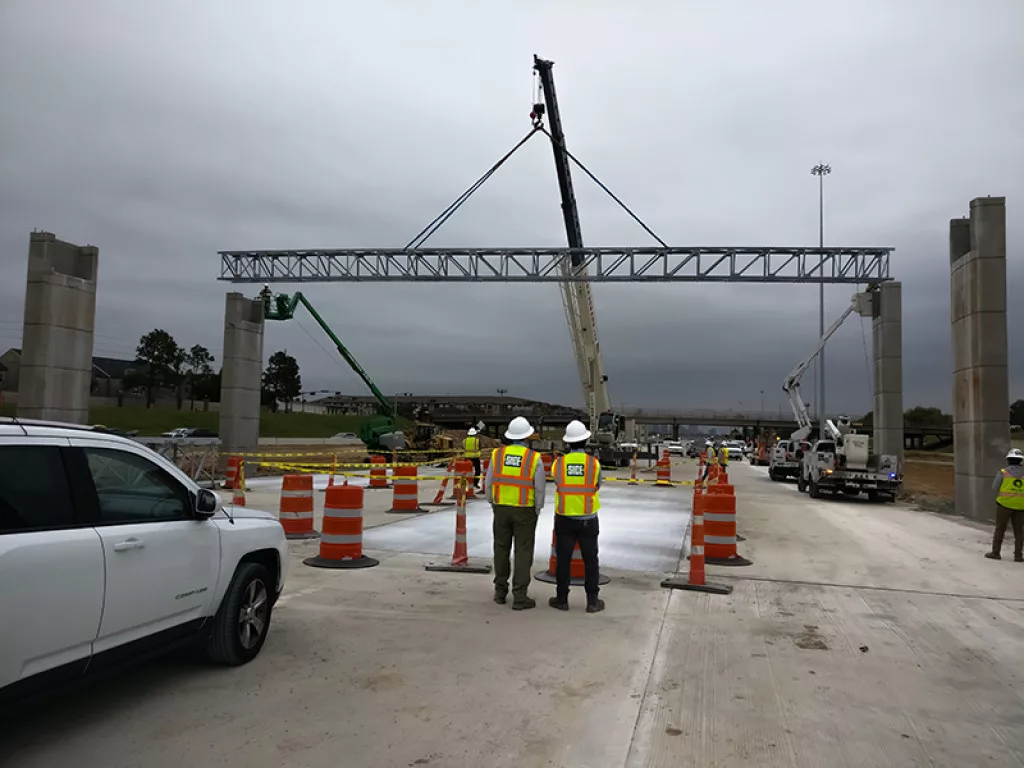
WORLDWIDE REFERENCE OF A NATIONWIDE SOLUTION
Elsewhere, in neighbouring New Zealand, SICE has been recently selected to provide Waka Kotahi NZ Transport Agency (Waka Kotahi) with its world-class in-house back office solution, including TOS, BIS, and AAVI.
As part of SICE’s scope for the project, the solution will be delivered under a Software-as-a-Service (SaaS) operational model and cloud-based by leveraging the company’s recent experience from the TfNSW back office system project in Sydney. SICE will provide its SaaS tolling solution for an initial period of five years, with the option to extend it up for up to 14 years.
“We really believe New Zealand has great potential when it comes to tolling and technology. Waka Kotahi selected us in June 2021 as the preferred partner for upgrading and replacing their existing back office system, and we finally signed the contract this year to deliver the three components of our tolling solution,” Gonzalez Arrojo shares.
“It’s a very strategic and significant project for us. It adds another major reference to the large tolling projects we are already undertaking for ConnectEast and TfNSW in Australia and strengthens our relationship with Waka Kotahi, which began 10 years ago with the Waterview Tunnel,” he emphasises.
The project, which will commence operations in 2024, is also SICE’s second reference for a nationwide back office solution, following the electronic toll collection interoperability platform implemented and operated by SICE in Mexico.
Internationally, SICE is also working on another nationwide tolling project in Puerto Rico, delivering more than 30 tolling points (single gantry configuration) and the operational back-office.
“The great performance and quality of SICE’s tolling solutions and capability place us in a leading market position to offer operators and governments an end-to-end tolling solution.”
